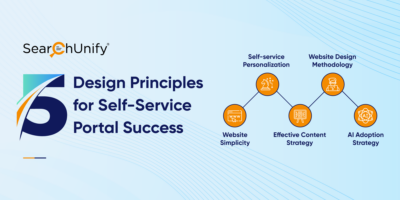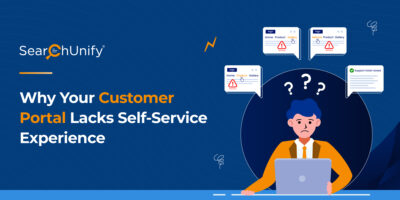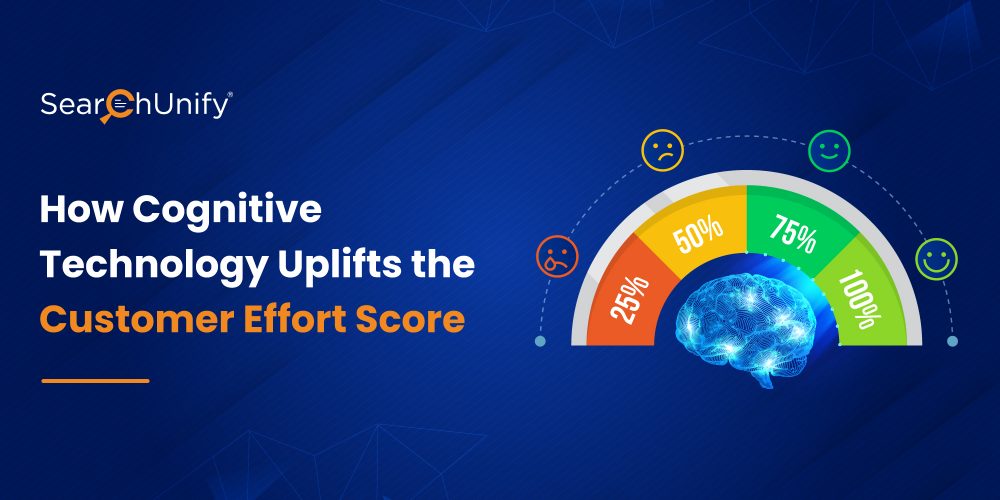
Customer: Hey, I forgot my password, and I am unable to access my account now.
Rep: Hello there! Could you please confirm your name and email address?
Customer: My name is John Williams and my account is under name@website.com.
Rep: I’ve shared a password reset link to your email, you can click on it and change your password.
Customer: Thanks!
The primary responsibility of a support team is to help customers with valuable information while curtailing their efforts. Much like in the above-mentioned scenario, customer effort should be minimal as the customer didn’t need to indulge in the cumbersome process of resetting the password.
Undoubtedly, customer effort is the crucial driver of customer loyalty – or disloyalty. In fact, Gartner suggests that 96% percent of customers with a high-effort support interaction become more disloyal compared to just 9% who have a low-effort experience.
But how do SaaS companies ascertain whether they are providing high-effort or low-effort interactions? Enter the Customer Effort Score (CES)! It is one of the pivotal customer experience metrics that help you determine the ease of customer interaction and resolution during a request.
In this blog post, we’ll dive into the nitty gritty of CES, why it matters, and the best practices to uplift it for exceptional CX.
An Introduction to CES
Customer Effort Score, or CES, measures the effort a customer exerts to interact with the brand.
Now, let’s shed some light on how it is measured. To track the effectiveness of your customer efforts, you need data. And the data is collected by surveying customers in real-time after they complete an action (eg., a purchase or an interaction with the business).
The surveys can appear directly on the web page or be sent via emails, asking the customers to rate their experience on a 1-5 or 1-7 scale. They are usually in the form of a Strongly Disagree/Strongly Agree scale, Very Difficult/Very Easy scale, emotions faces, or numerical digits [as shown in the image below].
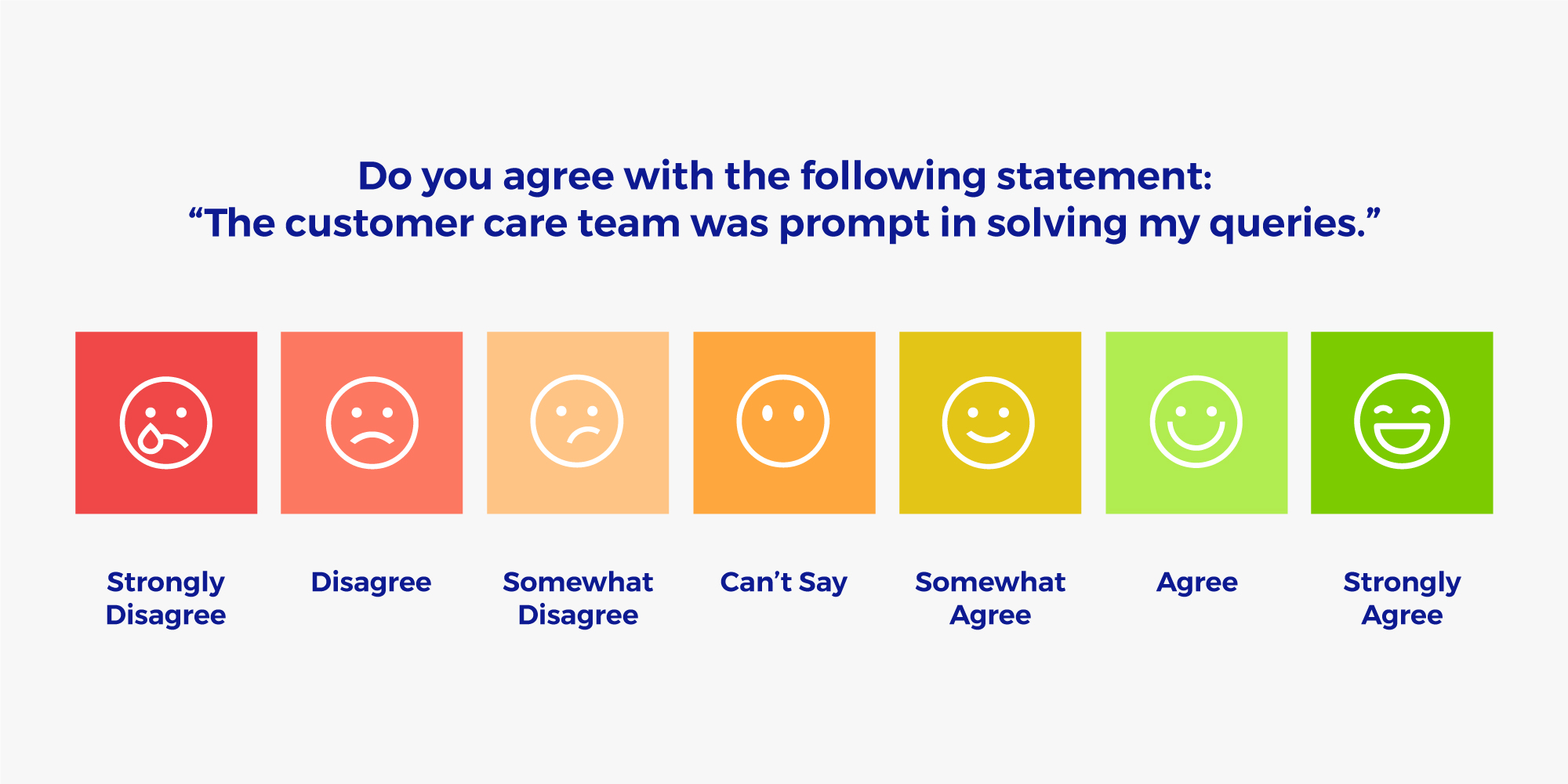
Organizations can, then, calculate the customer effort score with the help of gathered data. Here is the formula:
CES Score = (Total sum of responses) ÷ (Number of responses)
An organization that offers effortless support gets a 7 while an organization that makes it difficult gets a 1. In other words, the higher the customer effort score, the better the customer experience.
Why CES Matters
“You need to give your customers fewer reasons to be disloyal, and the best way to make that happen is to reduce customer effort.” – Mathew Dixon
New-age customers expect their problems to be solved quickly and conveniently. If they jump through hoops to get answers yet come up empty-handed, it may hamper their experience, resulting in a higher customer churn rate. This is why measuring CES is paramount.
Here are a few customer effort score benefits that take your CX up several notches.
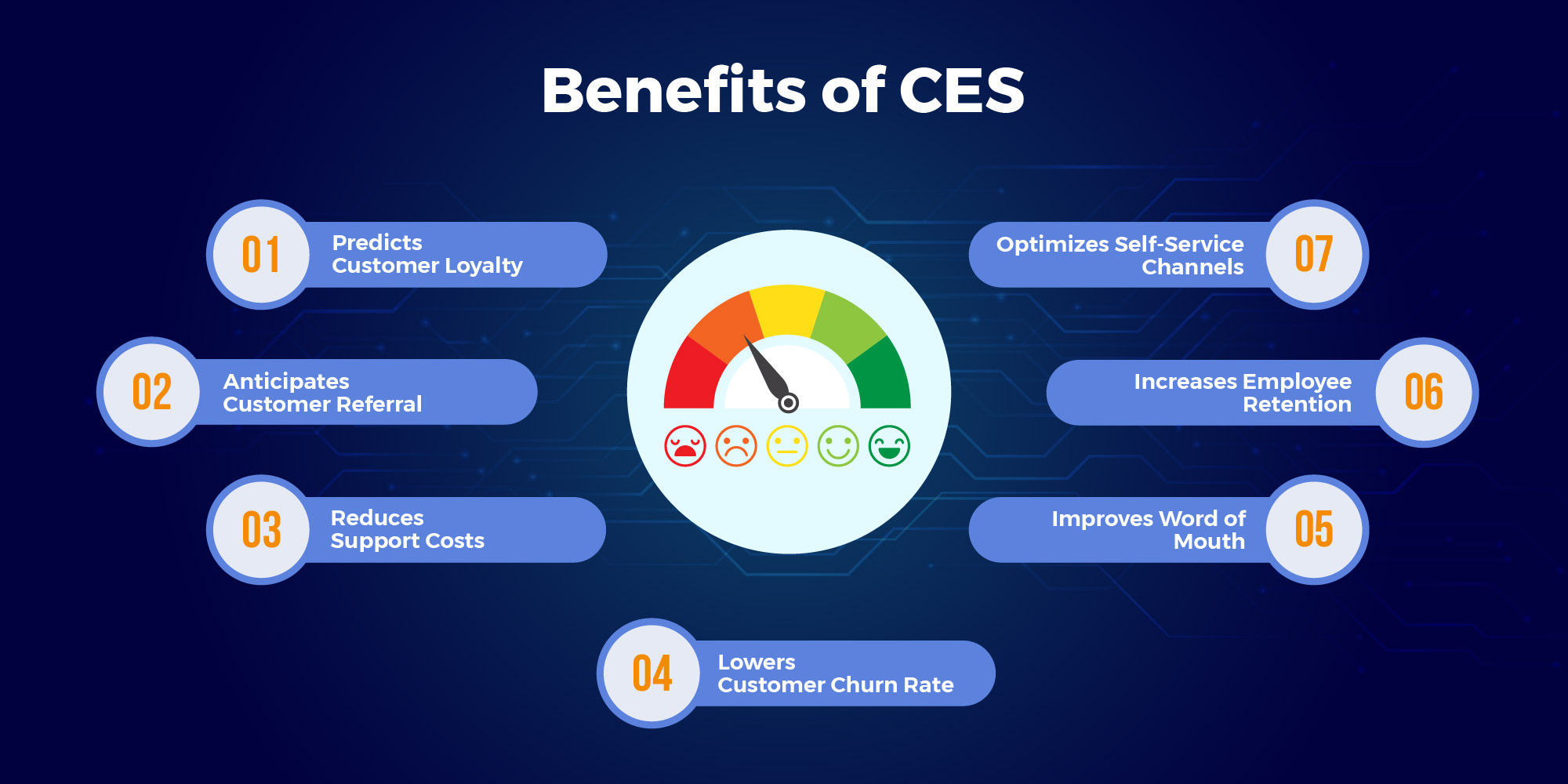
Uplift Your CES with Cognitive Technology
Reducing customer effort is the #1 way to ensure a stellar customer experience. But stumbling blocks like poor content findability, impersonal experience, etc., might stand in the way, putting an additional burden on the support teams. This is where cognitive technology comes into play!
Built on the core of AI, machine learning, and NLP, it makes it feasible for support organizations to deliver relevant, contextual, and valuable information to customers. Result? Customers are happy and feel much more engaged.
Let’s delve deeper into the role cognitive technology plays in uplifting CES:
1. Effective Ticket Triaging with Intelligent Routing
Oftentimes, support tickets are assigned randomly to an agent. Chances are that the agent is not well-versed with the topic and therefore, it delays the resolution, making your customer frustrated and leading to customer churn.
So what’s the solution? An Intelligent routing system is an answer. It enables effective triaging of tickets by matching customers’ intent with agents’ skills. This ensures that the case is routed to the best agent with expertise on the said topic, resulting in improved Mean Time to Resolution (MTTR), and customer effort score in the process.
2. Round-the-Clock Answers with Conversational AI Chatbots
A support organization plays in the major leagues if it delivers real-time answers. Ensuring 24×7 support availability indicates that you are customer-driven and super receptive to their needs. Thanks to AI-powered chatbots, it isn’t a hard row to hoe anymore.
Powered by the unified cognitive platform, they facilitate seamless live communication, round-the-clock responses, quicker case resolution, and much more. This reduces the caseload, thus empowering your support team to focus on other critical aspects of customer experience. Isn’t it a win-win situation?
3. Blazing-fast Hyper-personalized, Relevant Search Results with AI-Powered Search
Traditional search engines fetch results by matching the keyword (s) against its index. Most of the time, these results are not relevant, leaving customers browned off. This is where a cognitive search engine weighs in!
It capitalizes on sentiment analysis to understand customers’ intent and context. This enables support mavens to empathize and personalize the knowledge discovery, guaranteeing a more immersive customer experience.
4. Augment Self-Service with AI-Powered Discovery & Insights
Modern-day customers prefer to find their own answers from self-service portals, knowledge base articles, FAQs, and online discussion forums. Fortunately, cognitive technology can lend a helping hand.
Leading solutions leverage users’ data and feedback to dive into their search behavior. It also identifies search trends and volume across all users’ touchpoints, giving you the power to analyze multiple support metrics at once. You can utilize this information to personalize interactions and create a seamless experience for your customers.
5. Better Proactive Support with Real-Time Insights
Delivering relevant information to users instantly is quite the expectation now. This spurs the need for proactive support. Real-time analytics can help. It analyzes user search data and creates detailed, user-friendly reports to provide a 360-degree view of a customer experience.
This way, the in-depth reports paint a picture of their customer journey beforehand. The agent can proactively personalize interactions at scale and steer clear of solutions that the customer has already tried.
Experience The Cognitive Power to Enhance Your CX
Customer effort is a better indicator of customer retention and business growth. It surfaces hiccups throughout the customer journey, reducing the burden on support teams. That is why the Customer Effort Score (CES) is popular with support organizations.
If you’re planning to take the high road to reduce your CES for a remarkable CX, there is nothing better than leveraging cognitive technology. We would also like to recommend you to go through this ebook to explore more about self-service metrics. It shares the best practices to create favorable outcomes in your support organization.

